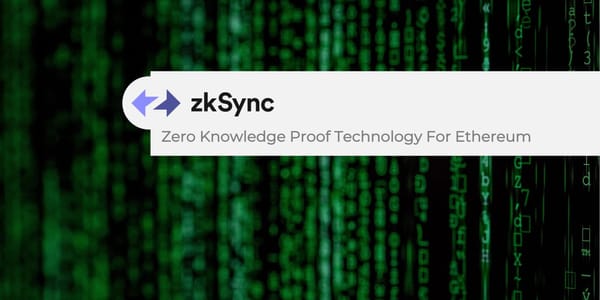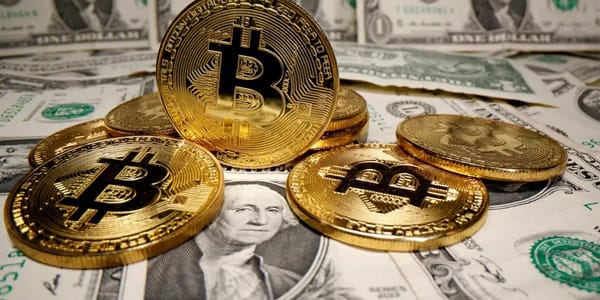What are Web3 Games? How They Work and Examples of Web3 Games

What are Web3 Games?
Web3 games, also known as blockchain games, refer to games that utilize blockchain technology to provide transparency, security, and empower players with ownership of in-game assets.
These games leverage the decentralized, peer-to-peer architecture of blockchain, incorporating cryptocurrencies and non-fungible tokens (NFTs). By integrating blockchain technology, players can own and trade in-game items such as NFTs and other digital assets without the intervention of third parties. Assets are managed and traded on decentralized markets via smart contracts.
Decentralization brings numerous unique benefits to both the gaming industry and players. Alongside the transparency and security provided by blockchain, decentralized games have introduced the play-to-earn (P2E) model, where players earn cryptocurrencies to play and advance in the game.
Web3 games contribute to the financial strength of the gaming industry through innovations such as decentralized autonomous organizations (DAOs) and in-game wallets secured by cryptocurrency and metadata.
Learn more: The Difference Between Web1 - Web2 - Web3
How They Work
Web3 games use blockchain technology to enable decentralized ownership of assets and currencies within the game, allowing players to earn, trade, and utilize these assets outside of the game environment.
Built on decentralized blockchains, these games offer more transparent and secure transactions compared to traditional centralized gaming platforms. Blockchain technology provides an anti-counterfeit ledger of all transactions, ensuring verifiable algorithms rather than centralized servers determining game outcomes.
Another critical component of Web3 games is the use of smart contracts, programmed to automatically execute specific actions upon meeting predefined conditions, such as when players buy or sell an asset.
In Web3 games, players manage ownership rights, transfer, and trade assets within the game. To participate in Web3 gaming, players use digital cryptocurrency wallets to store collections and in-game assets. Cryptocurrency wallets are essential tools for interacting with blockchain-based services.
Web3 games often require high collaboration and creativity between developers and players. The decentralized nature of these platforms allows for more input and feedback from the community, potentially guiding and enhancing game development.
Gaming DAOs help create player-controlled gaming ecosystems to manage gaming communities and decentralized gaming platforms. Types of gaming DAOs include grant DAOs, gaming guilds, incubators, and accelerators.
Unique Features of Web3 Gaming
Playing games on Web3 platforms offers several unique features such as high transparency and better control compared to traditional gaming platforms.
Firstly, Web3 games provide high transparency as peer-to-peer storage ensures players have access to all information without restrictions or third-party limitations.
Another significant benefit of blockchain-based gaming is providing players with better ownership and control over their in-game assets such as virtual land, currencies, and characters. With Web3 technology, players truly own and trade their digital assets, which can hold real-world value, thereby enhancing player experience.
Processes like purchasing NFTs, tokens, and setting up wallets for gaming have become increasingly simplified, making it accessible even for users unfamiliar with technology.
Playing games on Web3 creates an innovative in-game economy where players receive rewards commensurate with their abilities, opening up new ways to earn money.
For example, in P2E games, players can generate income by playing and earning real money through achievements in the game, such as completing missions or achieving high rankings. This can create a more flexible and reliable ecosystem for both players and developers.
Web3 game developers demonstrate how a new gaming ecosystem evolves based on personalized player experiences, prioritizing role-playing game processes with the best benefits for players. The P2E model is a significant motivator for many gamers, and games are often designed with players in mind.
Blockchain provides a way to track the origin of digital assets, allowing developers and players to easily track ownership of specific assets and transaction history, leading to greater transparency in the game's economy.
Playing games on Web3 allows for digital scarcity, meaning in-game assets can become unique, rare, and valuable. Achieving this is challenging in traditional gaming environments where developers can print copies of rare items or award them as rewards, potentially leading to inflation.
In Web3, game developers can ensure that in-game items are scarce and not subject to inflationary pressures. Assets are stored on the blockchain and cannot be copied or counterfeited.
Web3 Games vs. Traditional Games
There are significant differences between Web3 games and traditional games, including their construction, development costs, and gameplay:
- Decentralized: Games operating on blockchain offer higher security and transparency compared to those on a centralized server, as seen in traditional games.
- Ownership and Control: Assets in blockchain-based games belong to the players, who can sell them and check transaction histories because they operate on the blockchain. In traditional games, assets cannot move outside for trading, and if the game server crashes, items disappear.
- Payment Model: Web3 games use cryptocurrencies and digital assets to create an in-game economic model that rewards players and can have real-world value. Traditional games typically follow purchase, subscription, or in-game purchase models.
- Game Development: Web3 games require collaboration between developers and players to allow community feedback for better project development. Traditional games are often developed and managed by development teams.
What to Know About Web3 Games
Web3 may sound complex and lacks user-friendly interfaces for players unfamiliar with cryptocurrency. Developers and communities are working to raise awareness and educate players about the advantages of Web3 games.
Web3 games built on decentralized networks are often safer than centralized networks. However, Web3 games can still be hacked or network attacked, potentially resulting in the loss or theft of in-game items. Players should take preventive measures to protect their private keys and use secure cryptocurrency wallets to store their digital assets.
Legal issues and regulations surrounding Web3 games are still evolving as it is a new industry in development. There may be uncertainty regarding taxation, licensing, and anti-money laundering regulations. Developers and players should be aware of these risks and work to comply with relevant rules.
Examples of Web3 Games
There are numerous blockchain games and decentralized applications (DApps) in the modern Web3 gaming universe, such as CryptoKitties, Axie Infinity, and Decentraland.
Each game has unique features and gameplay mechanics, but all leverage blockchain technology to create innovative gaming experiences not possible on traditional gaming platforms.
Here are some examples of Web3 games:
- CryptoKitties: One of the first widely popular Ethereum-based games where players can collect, breed, and trade unique digital cats. The game uses blockchain technology to ensure uniqueness and ownership of each digital cat.
- Axie Infinity: A play-to-earn game inspired by Pokémon, built on Ronin by Sky Mavis, where players can collect, raise, and battle creatures called Axies. Web3 tools allow players to own and trade Axies and their in-game assets.
- The Sandbox: A virtual world where players can build and earn from the virtual world, game assets, and their digital currencies.
- Decentraland: A virtual world that allows players to create, explore, and earn from their virtual experiences.
- Gods Unchained: A digital collectible card game that uses blockchain technology to allow players to own and trade their cards.
The Future of Web3 Gaming
The future of Web3 gaming is exciting and promising, offering new opportunities for players to truly own their game assets and currencies, as well as new revenue sources for developers.
Integrating blockchain into games has changed the industry by making everything fairer through the removal of centralized parties and creating new ways to earn money with community-focused gaming experiences.
However, it's uncertain whether Web3 games will completely replace traditional games because they offer different experiences and target different demographics. Nonetheless, Web3 games have the potential to create new opportunities and revenue streams for the gaming industry while providing unique gaming experiences.
Moreover, as technology and infrastructure for Web3 games continue to develop, we can expect more creative role-playing games, increased cryptocurrency payment adoption, and more opportunities for both players and developers to participate in the decentralized gaming ecosystem.



